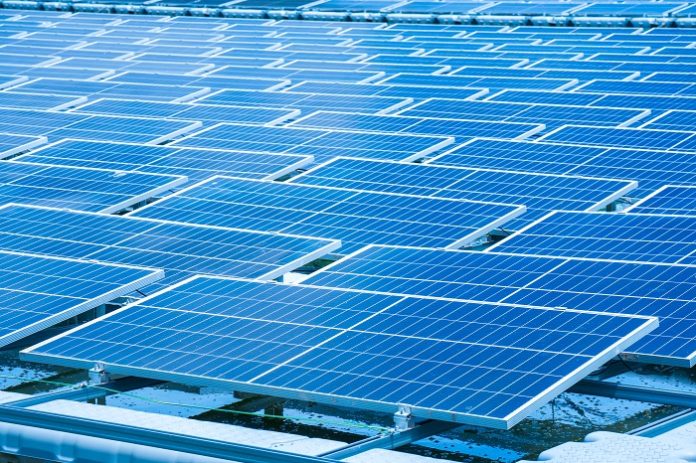According to Mercom Capital’s latest report, in 2023, India witnessed the installation of 20.8 GW of solar modules alongside the establishment of 3.2 GW of cell manufacturing capacity. By the end of December 2023, the cumulative solar module manufacturing capacity in the country had reached 64.5 GW, with solar cell manufacturing capacity hitting 5.8 GW.
The report highlighted that approximately sixty percent of the installed module manufacturing capacity was geared towards producing solar modules in M10 and G12 wafer sizes. Monocrystalline modules held the majority share at 67.5 percent of the country’s module production capacity, followed by polycrystalline, tunnel oxide passivated contact (TOPCon), and thin film modules.
Projections indicate that module manufacturing capacity is set to exceed 150 GW, while cell capacity is expected to surpass 75 GW by 2026. Raj Prabhu, CEO of Mercom Capital Group, emphasized the need for Indian manufacturers to navigate geopolitical tensions and trade disputes, while expanding their solar panel production capacities. He also noted the challenge posed by cheaper Chinese products to the competitiveness of locally-produced modules.
The report underscores the dominance of Gujarat in the country’s photovoltaic (PV) manufacturing capacity, accounting for 46.1 percent of solar modules. Telangana led in annual solar cell production capacity, contributing 39 percent of the total capacity as of December 2023. Rajasthan and Tamil Nadu ranked second and third for solar module production capacities, while Gujarat and Himachal Pradesh followed suit in solar cell production capacities.
Tendering activity for the procurement of solar modules by various public sector and government entities in 2023 stood at 9.7 GW. Import figures show that India imported 16.2 GW of modules and 15.6 GW of solar cells in 2023. As reported by moneycontrol, domestic manufacturers saw a significant rise in exports, with 4.8 GW of solar modules and 286.3 MW of solar cells exported in 2023.






























